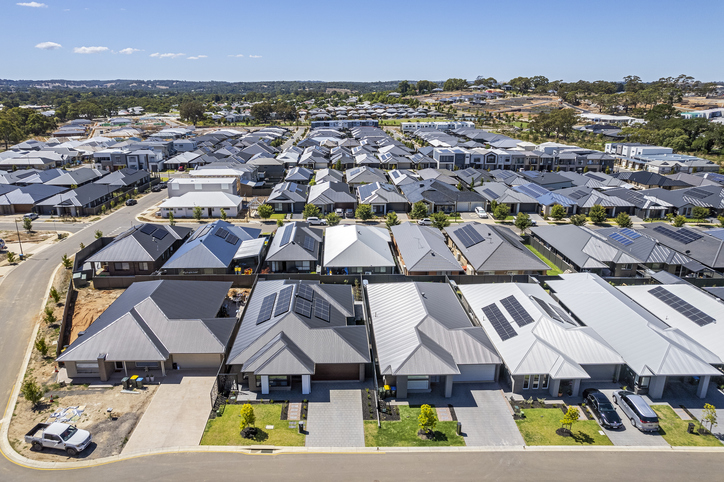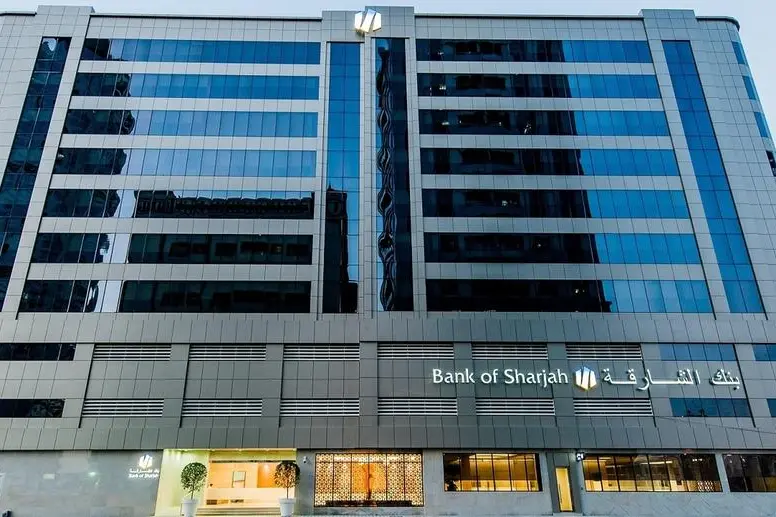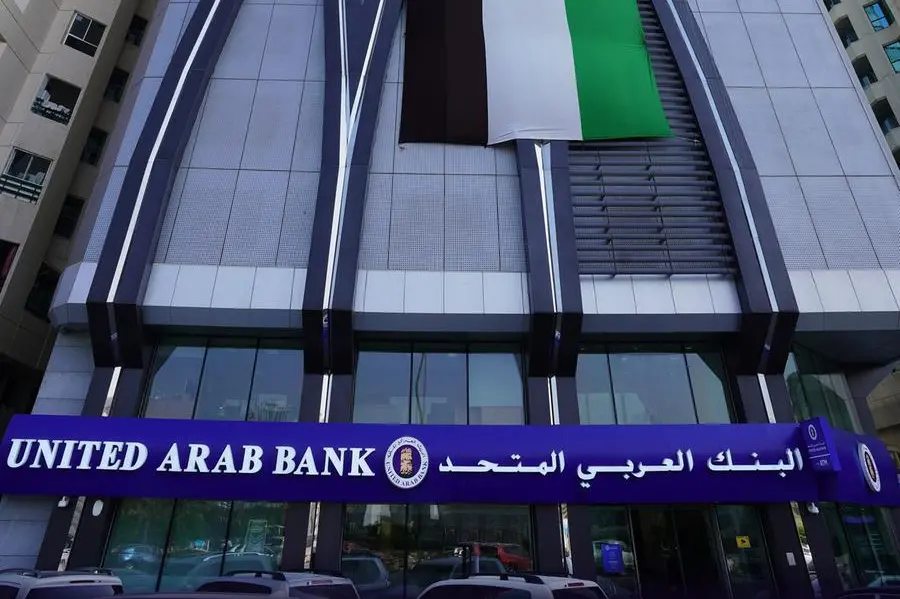Australians continue to bank on housing as pathway to wealth
A shortage of supply has only strengthened appetites for entering the residential property market
Residential real estate in Australia accounts for $9.8 trillion, almost three times more than superannuation savings, new data reveals.
In signs that residential real continues to be the most popular pathway to wealth in this country, CoreLogic Australia’s Housing Chart for the June quarter shows that Australian superannuation is valued at $3.5 trillion while Australian listed stocks sit at $2.8 trillion and commercial real estate at $1.3 trillion. Those figures are set against borrowing levels with Australian mortgage holders in debt to the tune of $2.2 trillion.
The results come on the back of growing calls to address housing affordability issues and concerns about the effects of rising mortgage repayments caused by a 4 percent increase in the cash rate in just over 12 months that have left more households in financial stress.
The CoreLogic report also revealed that national home values have continued to rebound this quarter, up 2.8 percent, although they are still down -5.3 percent over the past 12 months.
CoreLogic research director Tim Lawless said the lack of housing supply was putting further pressure on rising home values.
“Through June, the flow of new capital city listings was nearly -10 percent below the previous five-year average and total inventory levels are more than a quarter below average,” he said. “Simultaneously, our June quarter estimate of capital city sales has increased to be 2.1 percent above the previous five-year average.”
CoreLogic head of research Eliza Owen said for investors, motivations for the rental hikes imposed on tenants was less clear. While she noted that many investors had not passed on the full impact of the increase in the cash rate – ATO data from 2020-2021 financial year showed that 47.1 percent of investment properties were negatively geared – the economics of supply and demand were still a factor.
“Irrespective of mortgage costs, rents can generally only rise substantially if the rental market is competitive, and tenants cannot find alternative accommodation to bargain with; in other words, rents rise when demand for rental accommodation is outweighing supply,” she said.
“Looking at rental supply in the context of rate movements, it’s clear that a tightening in the rental market occurred well before interest rates started to rise. The rental market started to tighten in mid-2020, while the cash rate wouldn’t go up for another two years.”
Earlier this week, Ray White chief economist Nerida Conisbee noted that while construction costs, particularly for key materials, had started to ease, building approvals were failing to meet demand for housing.
“Building approvals are currently at a decade low and it will take some time for the pipeline to build,” she said. “In the meantime, population growth is particularly strong. Last year, we saw an increase of almost 500,000 people.
“That means that in just one year, we need roughly an additional 200,000 homes. With 173,000 homes built last year, we are falling short in just one year by 27,000 homes.”
Chris Dixon, a partner who led the charge, says he has a ‘very long-term horizon’
Americans now think they need at least $1.25 million for retirement, a 20% increase from a year ago, according to a survey by Northwestern Mutual
Villa prices saw particularly strong growth, with capital values increasing by 33.4 percent year-on-year
Dubai’s real estate market showed strong performance in the second quarter of 2024, with notable increases across the residential, office, and retail sectors, according to a new ValuStrat real estate report for Q2 2024.
Villa prices experienced particularly strong growth, with capital values rising by 33.4 percent year-on-year.
Haider Tuaima, Director and Head of Real Estate Research at ValuStrat said: “The Dubai real estate market has shown impressive growth and resilience in recent months. The ValuStrat Price Index for Residential Capital Values increased by 6.4 percent quarterly and 28.2 percent annually, reaching 178.2 points.
“Despite severe flooding caused by record rainfalls in April, the quick and effective response from developers and authorities helped to control the damage, ensuring that market activity and property valuations remained robust in the subsequent months.”
The office sector also performed well, with the VPI for office capital values surging by 31.7 percent annually and 9.4 percent quarterly, reaching 212.5 points—the highest quarterly increase in a decade.
In the retail sector, Emaar Properties reported 98 percent occupancy in their prime mall assets, while overall mall occupancy stood at 96 percent during the first quarter of 2024. The hospitality sector also saw growth, with total international guests reaching 8.12 million as of May 2024, a 9.9 percent increase compared to the same period last year. Hotel occupancy reached 81 percent, rising by 1.4 percent year-on-year.
Despite these positive indicators, Tuaima added, “The decline in transaction volumes calls for a closer examination of market dynamics as stakeholders navigate this evolving landscape.”
Chris Dixon, a partner who led the charge, says he has a ‘very long-term horizon’
Americans now think they need at least $1.25 million for retirement, a 20% increase from a year ago, according to a survey by Northwestern Mutual


















